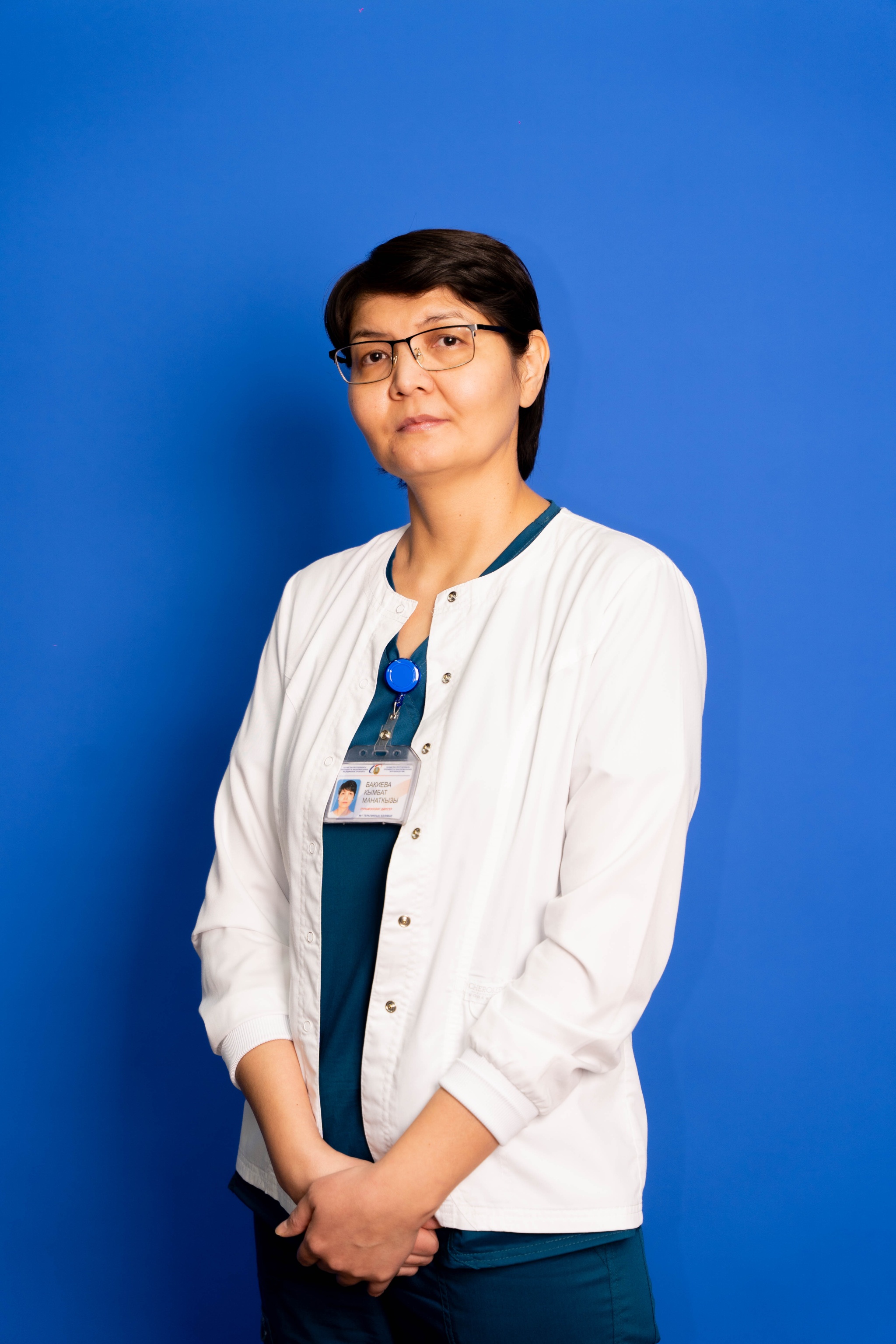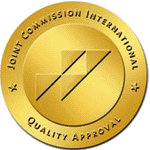Internal Medicine Department No. 4 (pulmonology)
About the Department
Internal Medicine Department No. 4 as part of the Respiratory Medicine Center provides specialized care to patients with respiratory diseases from 01.07.22. The Department There has 28 beds. The only specialized pulmonology department in the Republic of Kazakhstan with a full complex of modern diagnostic technologies:
- Examination of spirometric parameters
- Conducting a 6-minute walk test
- Examination of pulmonary diffusion capacity, Body plethysmography
- Endo ultrasound of lungs (EBUS)
- Transbronchial biopsy of lungs, lymph nodes under EBUS or CT control
- Video-assisted thoracic surgery biopsy of lungs, pleura
- X-ray diagnostics (high-resolution computed tomography, densitometry of lung tissue, scintigraphy, MRI-perfusion)
- Respiratory monitoring, polysomnography, selection of autoCPAP therapy
The Department staff conducts cycles on topical issues of respiratory pathology for specialists from the regions, emergency conditions in pulmonology for resuscitators from the regions as part of their advanced training in intensive care based on the Hospital.
In addition to treatment and diagnostic work, the department staff conducts training of specialists in the field of pulmonology. Students of Nazarbayev University, Astana Medical University and Karaganda Medical University complete their residency on the basis of the Department.
The Department staff are experts of:
- Republican Multidisciplinary Commission on Interstitial Diseases
- Republican Multidisciplinary Commission on Severe Bronchial Asthma.
Services of the Department
Severe forms of COPD and BA
- Spirometry, PEF monitoring
- Determination of biomarkers (including FeNO)
- Examination of induced sputum
- Microbiological and mycological examination of sputum, bronchial lavage
- Determination of indications and selection of biological therapy program for Severe BA
- Selection of NIV regimens
- Determination of indications for surgical correction of respiratory embarrassment in bullous emphysema
Acute and chronic respiratory insufficiency
- Selection of long-term oxygen therapy regimens. Selection of non-invasive ventilation program
- Diagnosis and treatment of obstructive sleep apnea syndrome in patients with respiratory embarrassment of different etiology (COPD, obesity-hypoventilation syndrome, kyphoscoliosis, neuromuscular diseases and others)
Infectious lung diseases.
- Pneumonias: community-acquired, hospital-acquired, immunodeficiency states
- Non-tuberculous mycobacterioses
- Bronchiectasis - acquired, congenital (dysplasia) with infectious exacerbations
- Bronchopulmonary dysplasia with infectious complications
- Pleurisy with determination of indications for pleural puncture, video-assisted thoracic pleural biopsy
- Fungal infection of lungs.
Rehabilitation after pneumonia, including COVID-19 associated pneumonia, with manifestations of respiratory failure, after artificial lung ventilation, high-flow oxygen therapy, requiring respiratory support (non-invasive ventilation, oxygen therapy).
Determination of the severity of lung damage, respiratory failure, lesions of other organs and systems, coagulation disorders, nutritional and psychosomatic status. For the main indication: high-resolution computed tomography, spirometry, determination of pulmonary diffusion capacity, inflammatory markers, arterial blood gases, etc.)
Selection of rehabilitation program taking into account comorbid status.
- complex of physiotherapeutic procedures, percussion chest massage, therapeutic physical training (together with rehabilitation therapists)
- vibroacoustic therapy (with the use of VibroLung)
- psychological support sessions
- hyperbaric oxygenation sessions
- oxygen therapy, non-invasive ventilation.
Interstitial lung disease of known and unknown etiology, including mixed connective tissue disorder, drug-induced lung lesions, interstitial lung disease due to viral infections:
- diagnostics: spirometry, determination of pulmonary diffusion capacity, Body plethysmography, high-resolution computed tomography of chest organs, lung scintigraphy, transbronchial lung biopsy, lymph node biopsy, endobronchial ultrasound (EBUS)
- X-ray diagnostics is performed on a 640-slice CT scanner, which allows achieving high resolution with minimal radiation exposure of the patient. The patient’s previous CT history is interpreted.
- determination of indications for antifibrotic therapy
- selection of antifibrotic therapy program
- monitoring the effectiveness of therapy, the dynamics of the process in the lungs
Pulmonary arterial hypertension (secondary PAH-NLD, Chronic thromboembolic pulmonary hypertension)
Diagnostics:
- CTAG of the lungs,
- MRI pulmonary perfusion,
Rationale for PAH reduction therapy (IET-1, prostacyclins, NO, etc.)
Monitoring of PAH dynamics
Monitoring of AEs of drug therapy
Doctors of the Department
 |
Roza Bakenova Chief general practitioner of the Medical Center Hospital of the President’s Affairs Administration of the Republic of Kazakhstan Doctor of Medical Sciences, Pulmonologist, General practitioner of the Highest Category |
 |
Natalya Utesheva Chief of the Department Pulmonologist The Highest Category Work experience: 20 years |
 |
Madina Yesengeldinova Pulmonologist Chief Pulmonologist of the Public Health Department of Astana Master of Medical Science The Highest Category Work experience: 25 years |
 |
Kymbat Bakiyeva Pulmonologist The Highest Category Master of Medical Science Work experience: 16 years |
 |
Izzat Iskakov Pulmonologist The First Category Work experience: 9 years |
 |
Nazerke Sagadi Pulmonologist |




